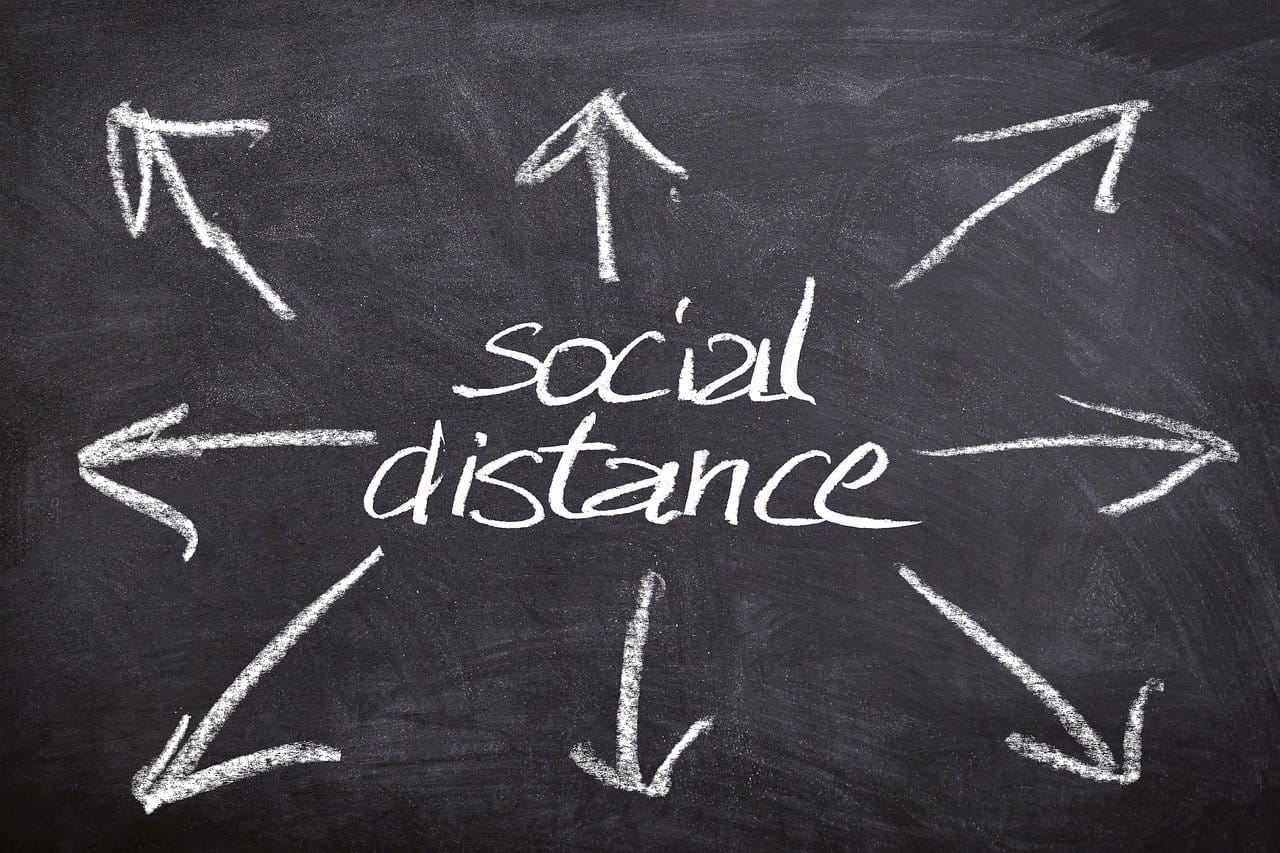Factories closed, services halted, and workplaces evacuated: humanity is at war with an invisible enemy. It’s been over a month since COVID-19 — severe acute respiratory syndrome-related coronavirus — took to the streets, but we are yet to find a way to sweep the virus off it.
Major cities have gone into lockdown, as experts believe Social Distancing is the only way to keep the virus from spreading. As a result, employees have been working from home, doing their bit to keep the pathogen from acquiring more hosts.

People who have been working in offices all their lives are expected to have a hard time working from home. Not many have the privilege of creating a distraction-free workspace at home, which means productivity isn’t hovering at optimum levels. To remedy that, we have taken it upon ourselves to suggest a few tips, which could help you be more productive from the convenience of your home.
Apps to the rescue
Many offices prohibit the usage of smartphones during work hours. And while that is infuriating for many, it does help the employees be more productive. At home, with no such restrictions in place, it’s almost impossible not to take a peek at the social media notifications.
Thankfully, developers have taken our lack of restraint into account and have come up with many apps and services that can reduce distractions and help us be more productive.

Focus Mode
One of Android 10’s standout features, Focus Mode, goes a long way in helping you create a distraction-free environment; at least digitally. The service suspends all non-essential apps for a pre-defined period, guaranteeing your rhythm isn’t interrupted by unimportant notifications. You can, of course, can pick the apps you want Focus Mode to suspend, selecting only the apps that distract you the most. You can learn more about Focus Mode here.
Use time-tracking apps
Procrastination is the biggest challenge you’re likely to encounter while working from home. With so many distractions out there, it’s easy to lose track of time and end up spending more hours with your work than you would have needed. Time-tracking or timesheet apps allow you to keep a neat journal of your work and encourage you to get things done on time. These apps automatically track the time spent on work, so there’s no real chance of miscalculation.
Check out any of these three apps to get started:
Pomodoro
In the late 1980s, as humanity sought a cure for procrastination, Francesco Cirillo invented an easy-going schedule called the Pomodoro — Tomato in Italian — Technique, which, to an extent, changed the world for the better.
The method asks you to work for 25 minutes straight and only take a short break at the end of it. Every fourth break — after completing 100 minutes in total — should last somewhere between 15 and 25 minutes.
Many apps and websites have been built around the famous Pomodoro Technique, and they are generally available for free. Interested? Check out Pomodoro Timer Lite on Google Play to get started.
Some handy habits
Create your cubicle

We spend weeks and months creating our ideal workstations, linking that place with work and efficiency. So, a sudden change of scenery can understandably be quite disruptive. Thankfully, tricking our brain isn’t that difficult a job.
Pick a corner of your room and turn it into your workstation. Get a table, put down your laptop, bring all your work essentials, get a succulent, if you must; plainly make sure the corner is dedicated just for work. Also, make sure to make it aesthetic — a place where you wouldn’t mind hanging around. It’ll take a couple of days, but, eventually, you’ll learn to appreciate your new workspace.
Take breaks

While trying to win the battle against procrastination, don’t forget to take little breaks as you generally would at your workplace.
The Pomodoro Technique is a good place to start if you don’t have a pre-established break pattern. However, if you already have a routine that works, we’d advise you to stick to it. Also, working for long stretches can really take a toll on your eyesight, so, make sure you step away every once in a while.
Don’t be too casual

Working in pajamas is undoubtedly one of the best perks of working from home. However, that doesn’t mean you’d be at your productive best in your most comfortable threads. The human brain has an interesting knack for tying things together, associating one activity with another. For example: wearing pajamas and slippers sends your body a different signal than wearing work clothes, as the former is usually associated with cozy movie sessions or sleeping. So, even if you are working from home, our advice would be to dress for the occasion and try not to take things too lightly.
e-Socialize

COVID-19 has forced us into isolation but digital hangouts are still on the table. Get in touch with your colleagues before you start working or even during breaks. Ask them about their progress, crack a joke or two, and improvise. Interacting with people who are on the same boat can do wonders for your morale. So, as long as you’re not disrupting each other’s work, don’t be shy to reach out to a friend.
Stick to your schedule

Familiarity — doing things according to your accustomed routine — can go a long way in tackling work-from-home-blues. Stick to your office’s lunch schedule, go for a stroll around the house as you would in the office, and take coffee breaks as usual. Plan the day as per your typical office routine, and you’re likely to find yourself finishing on time.





![Solution For Quiz - Where Did the Dragon Hall Deal a Major Blow to the Khitan Navy [Where Winds Meet]](/content/images/2026/01/1-15.png)







Discussion